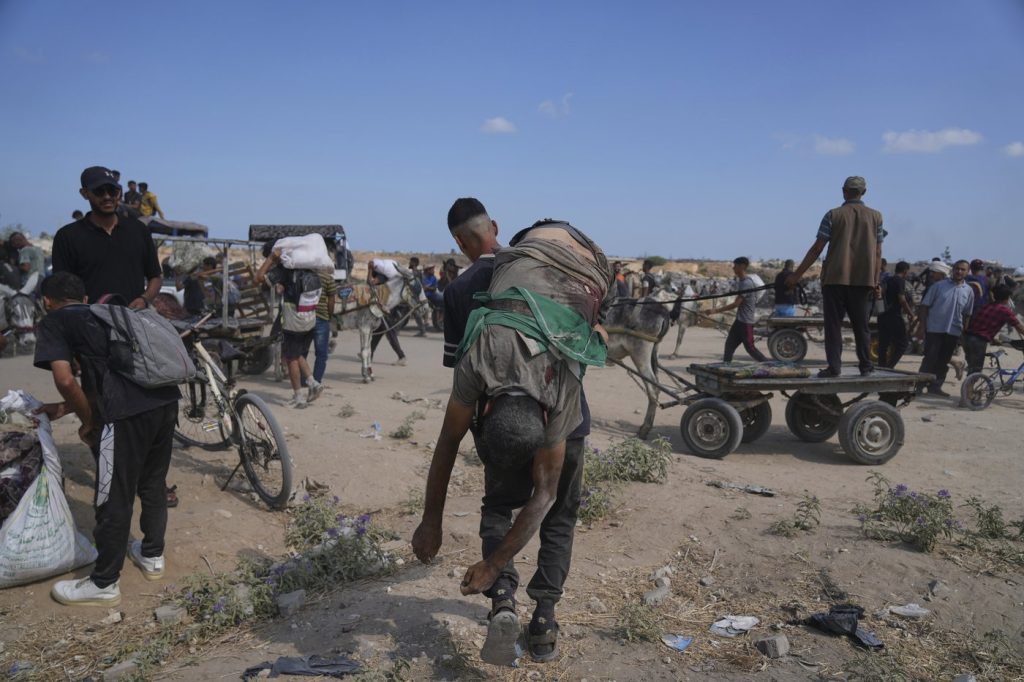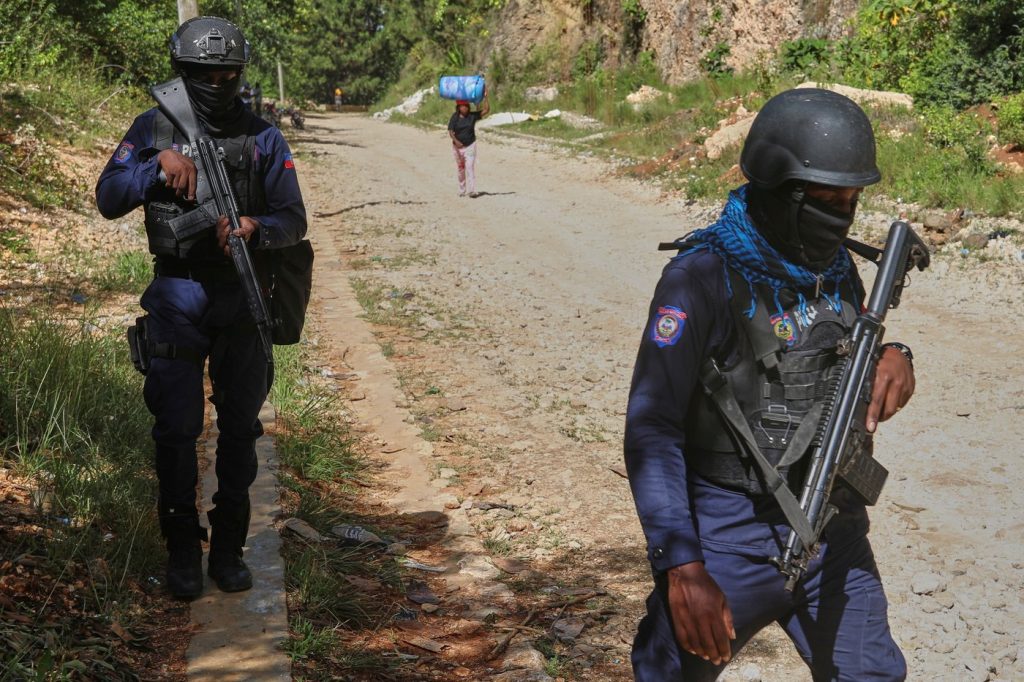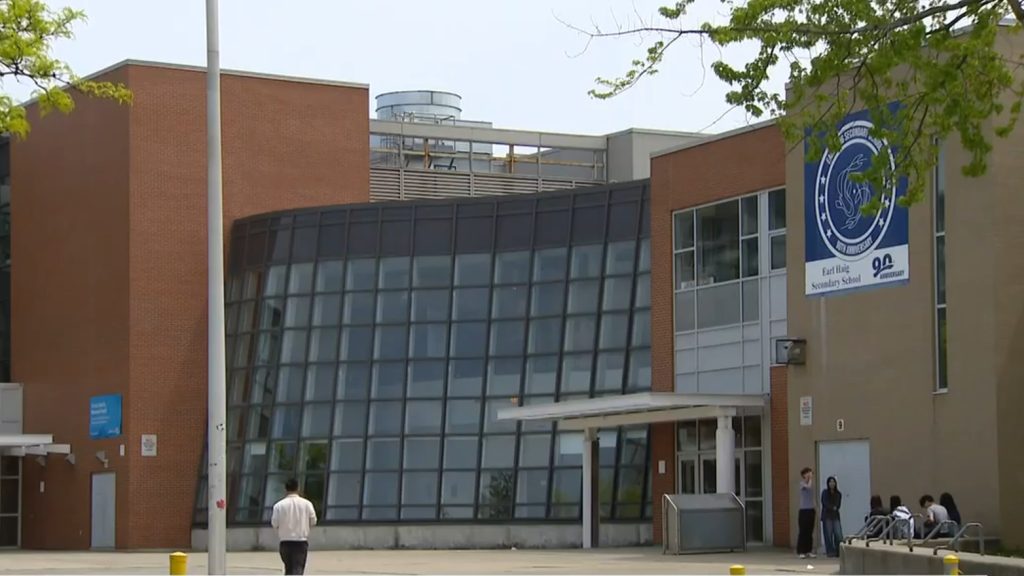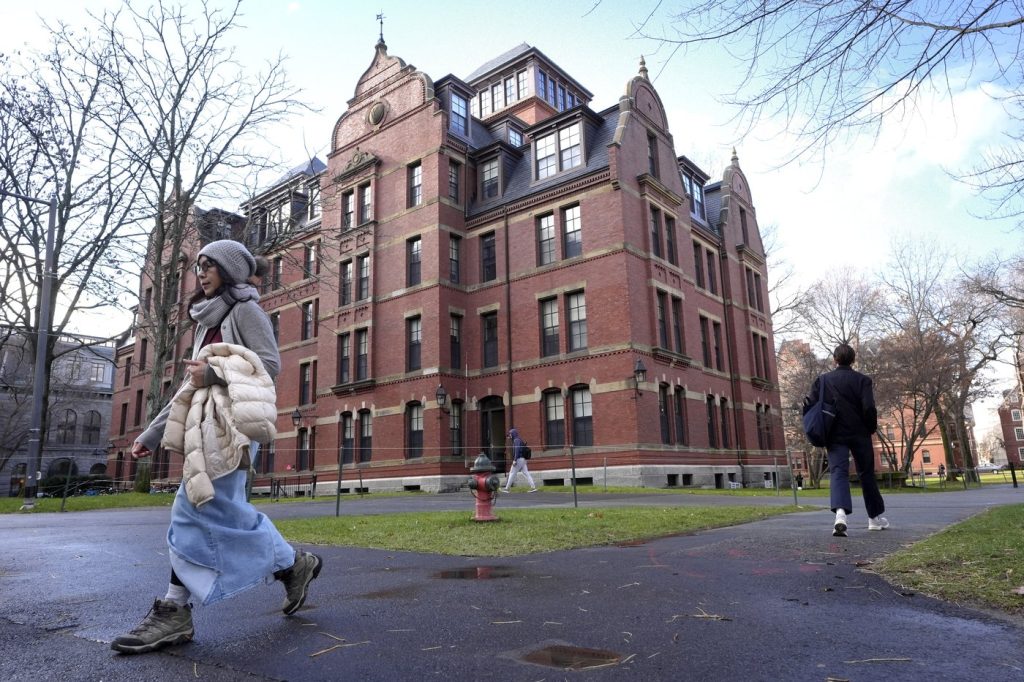DEIR AL-BALAH, Gaza Strip (AP) — On Monday, dozens of Palestinians were reported killed or wounded as desperate crowds surged toward food distribution centers and packages airdropped from the air in the Gaza Strip. Witnesses and local health officials described chaotic scenes amid ongoing significant hardship caused by Israel's blockade and military offensive.
The blockade, combined with continued military actions, has led to severe restrictions on safe aid deliveries, exacerbating a humanitarian crisis that aid groups warn is approaching famine in Gaza, nearly 22 months into the ongoing war with Hamas. Organizations emphasize that Israel's recent measures, which purportedly allow for increased aid access, remain grossly inadequate. Families of hostages taken by Hamas also harbor fears that starvation may extend to them, often placing the blame for their plight squarely on Hamas.
Since May, several hundred Palestinians have reportedly lost their lives due to Israeli gunfire while attempting to access food distribution points and aid convoys. Although the Israeli military insists that it only fired warning shots, many witnesses, local health officials, and the United Nations human rights office contest this account and report a significantly higher casualty toll.
As international concern grows, several nations have undertaken airdrop operations to deliver aid over Gaza. However, the U.N. and various aid organizations criticize these methods as costly and perilous for residents, maintaining that they provide far less assistance compared to traditional truck deliveries. Some food packages released from planes have splashed into the Mediterranean Sea or landed in areas deemed "red zones," which the Israeli military has ordered evacuated. In these instances, Palestinians risk their safety to recover essential goods like flour.
Footage from the Associated Press showcased scenes in Zuweida where Palestinians reacted enthusiastically as aid pallets were parachuted in, resulting in a frantic rush toward the landing packages. Reports indicated that fistfights erupted as hundreds of people scrambled to secure the supplies. One local, Rabah Rabah, expressed his despair waiting for the airdrop, remarking, “I wish they would deliver it through the (land) crossings. This is inhuman.”
Tragically, at least one airdrop landed on a shelter, injuring a man who was promptly transported to a hospital for treatment, though his condition was not reported immediately. The violence surrounding these aid efforts continued to escalate, as illustrated by a late Sunday incident near Zikim Crossing, where at least 16 individuals died, and over 130 were wounded during attempts to reach aid provisions.
The reasons behind such tragedies remain murky, but several shootings have erupted at the crossing recently, prompting witnesses and health officials to attribute blame to Israeli forces. Despite multiple requests for clarifications, no immediate comment was provided by the military regarding this toll or the incidents leading to the violence.
In a separate occurrence along the Morag Corridor, the Israeli military's actions were also implicated in the deaths of at least 10 people. Witnesses claimed that Israeli forces unleashed gunfire as a group of young men attempted to advance towards aid trucks. Mohammed al-Masri, an eyewitness, corroborated these accounts, stating, “The occupation forces shot many people in the head and in the back.”
Further casualties arose at another site in southern Gaza operated by the Gaza Humanitarian Foundation, which reportedly received 10 bodies from Morag and another five from nearby areas. Contradictory statements emerged from GHF, which claimed that no acts of violence occurred at or near their distribution points, asserting that only pepper spray and warning shots had been used to prevent overcrowding since the operations began.
Continuing patterns of violence saw hospitals like Al-Awda in central Gaza receive bodies following shootings near GHF distribution sites, highlighting the extreme dangers encountered by those attempting to secure food aid. An Associated Press photo captured an individual carrying away a body while others hurried to grab aid packages, illustrating dire conditions.
The dire situation in Gaza has continued to escalate following Hamas's October 7, 2023 attack, which left around 1,200 individuals dead, predominantly civilians, along with 251 hostages taken. In response, Israel's military offensive has seen over 60,900 Palestinians reported killed, as confirmed by Gaza's Health Ministry. This data, which does not differentiate between combatants and non-combatants but indicates a significant number of women and children among the casualties, is viewed by independent experts as the most credible casualty count available.
Israel contests these figures but has refrained from providing its own alternative counts. Meanwhile, the conflict persists, exacerbating the humanitarian crisis faced by those in the Gaza Strip.












